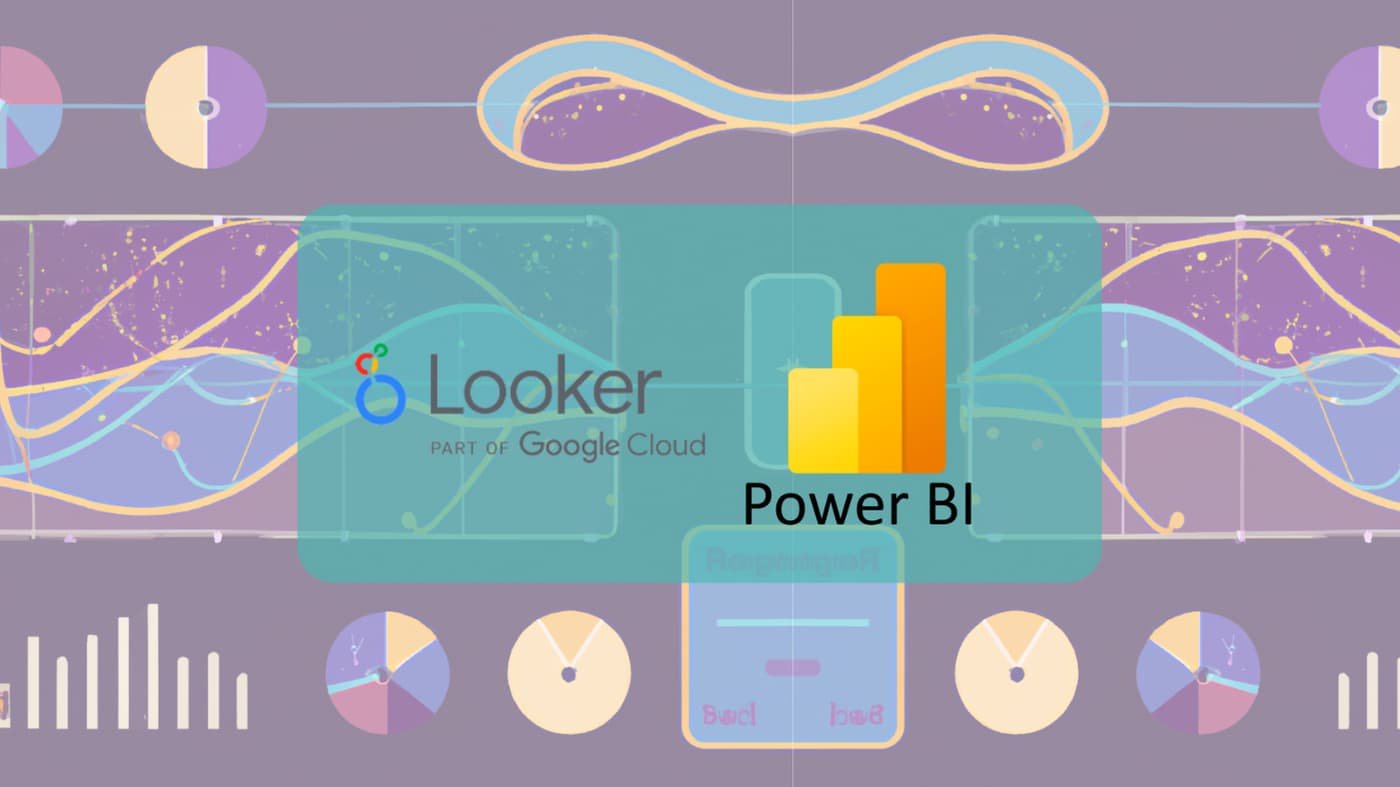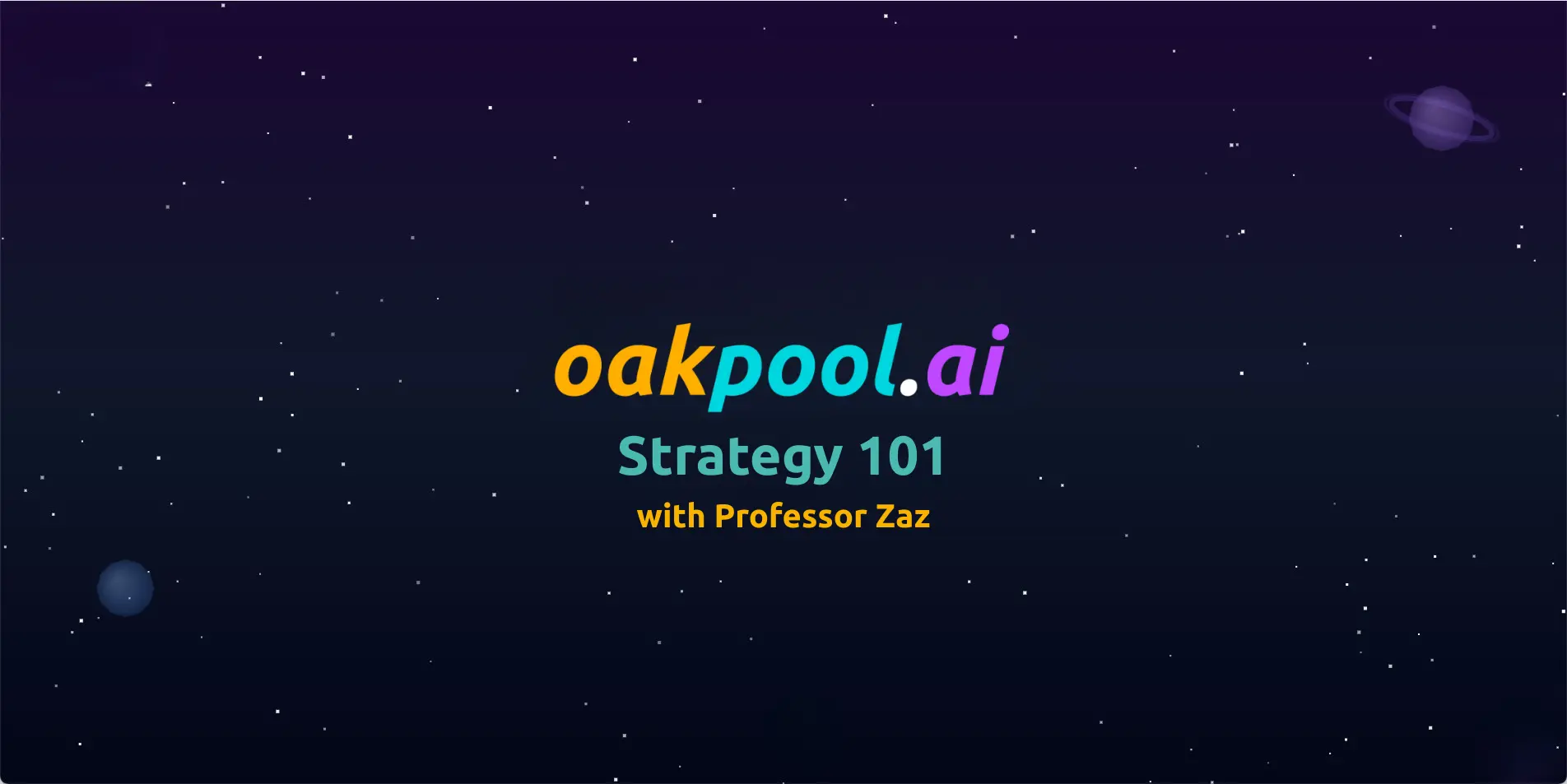Data Visualization for your MarTech Stack
No audit of a company’s marketing practices is complete without a full analysis of the organization’s data stack. Paramount to this data stack is the data visualization tool that is used to pull and visualize important data from a variety of end points. In a perfect world, these dashboards are a CMOs best friend, in reality they are often a total mess.
When it comes to data visualization and business intelligence tools, Google’s Looker Data Studio and Microsoft’s PowerBI are two of the most popular options that are often compared. Both tools offer a range of features and capabilities that can help businesses to analyze and understand their data, but they also have some key differences. Here are some pros and cons of Looker Data Studio and PowerBI to consider:
Pros of Looker Data Studio:
- Easy to use: Looker Data Studio is designed to be intuitive and easy to use, even for users with no prior experience with data visualization tools. This means that businesses can get up and running quickly, and they can start using the tool to gain insights from their data without a steep learning curve.
- Customizable: Looker Data Studio offers a range of customization options that allow businesses to tailor the tool to their specific needs. This includes the ability to create custom dashboards, widgets, and reports, as well as the ability to connect to a wide range of data sources.
- Collaboration: Looker Data Studio includes a range of collaboration features that make it easy for teams to work together and share insights from their data. This includes the ability to share dashboards and reports, as well as real-time collaboration tools that allow teams to work together on projects in real-time.
Cons of Looker Data Studio:
- Cost: Looker Data Studio can be a relatively expensive option, especially for businesses with large amounts of data or complex data visualization needs. This can make it challenging for businesses with limited budgets to justify the cost of the tool. Additional products such as Snowflake, BigQuery, and Supermetrics are useful and can significantly add to the cost of a company’s data stack.
- Limited integrations: Looker Data Studio offers a range of integration options, but it is not as well-integrated with other business applications as some other tools. This can make it difficult for businesses that rely on other business applications to use Looker Data Studio as their primary data visualization tool. The best way to work around this is to build custom integrations and find integrate software partners w/ custom APIs.
Pros of PowerBI:
- Integration: PowerBI is well-integrated with a range of other business applications, including Microsoft Office and Azure. This makes it a good option for businesses that rely on these applications and want to use a data visualization tool that integrates seamlessly with their existing technology stack.
- Community support: PowerBI has a large and active user community, which means that there are plenty of resources available for users who need help or support. This can be especially useful for businesses that are new to data visualization and need help getting started.
Cons of PowerBI:
- Complexity: PowerBI can be a complex tool to use, especially for users who are new to data visualization. This can make it challenging for businesses to get up and running quickly, and it can also make it difficult for users to create custom dashboards and reports without significant training or support.
- Limited customization: PowerBI offers some customization options, but it is not as flexible as Looker Data Studio in terms of the ability to create custom dashboards and reports. This can make it challenging for businesses that have unique data visualization needs to use PowerBI to meet their specific requirements.
In conclusion, Looker Data Studio and PowerBI are both powerful data visualization tools that can help businesses to analyze and understand their data. However, they also have some key differences, including cost, integration, and customization options. When deciding between Looker Data Studio and PowerBI, it is important for businesses to carefully weigh the pros and cons of each tool to determine which one is the best fit for their specific needs.






